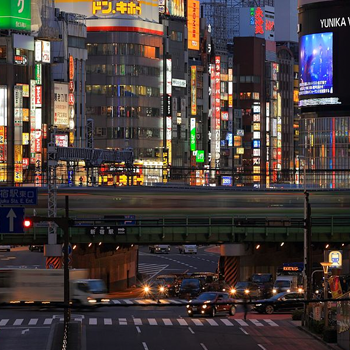What is the importance of biodiversity in an ecosystem?
2 Answers
Biodiversity is good measurement of the health of an ecosystem.
Explanation:
Biodiversity is a measurement of how many different types of organisms are found in an ecosystem. The higher the biodiversity means that the ecosystem can sustain (maintain) many different types of producers, consumers, and decomposers. This generally means that the area is healthy. For example tropic rain forests have many different types of trees, ferns, flowers, birds, insects, and mammals, so it is one of the most productive and healthiest ecosystems.
However if there is only a few different species in the area, the biodiversity is low, and the ecosystem is not considered healthy.
Generally speaking, greater species diversity (alpha diversity) leads to greater ecosystem stability, but the relationship between biodiversity and ecosystem stability/health is complex.
Explanation:
Generally speaking, greater species diversity (alpha diversity) leads to greater ecosystem stability. This is termed the "diversity–stability hypothesis." An ecosystem that has a greater number of species is more likely to withstand a disturbance than an ecosystem of the same size with a lower number of species. You can read more about diversity and ecosystem stability here.
However, the reality is that biodiversity does not always have the same role for every ecosystem and at every point of time. This relationship is very complex, affected by humans, ecological succession, latitude, and a host of other factors.
A landscape that has been disturbed often has high biodiversity, as colonizing species take advantage of the open niches. However, many of these species do not maintain lasting populations as time passes and succession occurs. Given time, succession, and remediation from the disturbance, the landscape will likely be less diverse but it will be more natural and representative of the original ecosystem.
Or, for another example, take an ecosystem that has high diversity but many invasive species. Most would consider the invasive species harmful to the original inhabitants and argue for their removal or control. Having an ecosystem with 1000 naturally occurring species is desired over having an ecosystem with 10000 species but most of them are invasive species.
Biodiversity can be a measure of ecosystem health and stability, but it definitely isn't always. Certain biomes and ecosystems are less biodiverse and are still "healthy." Across the globe, biodiversity tends to increase as we move towards the equator. This doesn't mean that ecosystems further from the equator aren't healthy.
Scientists are still studying ecosystems and diversity, and there is much to be learned. Patterns that apply to one ecosystem may not apply to another. The ideal goal is for most ecosystems is to be free of human disturbances and in stable state, but even this is too simple because some ecosystems actually have multiple states that they are considered stable at!


